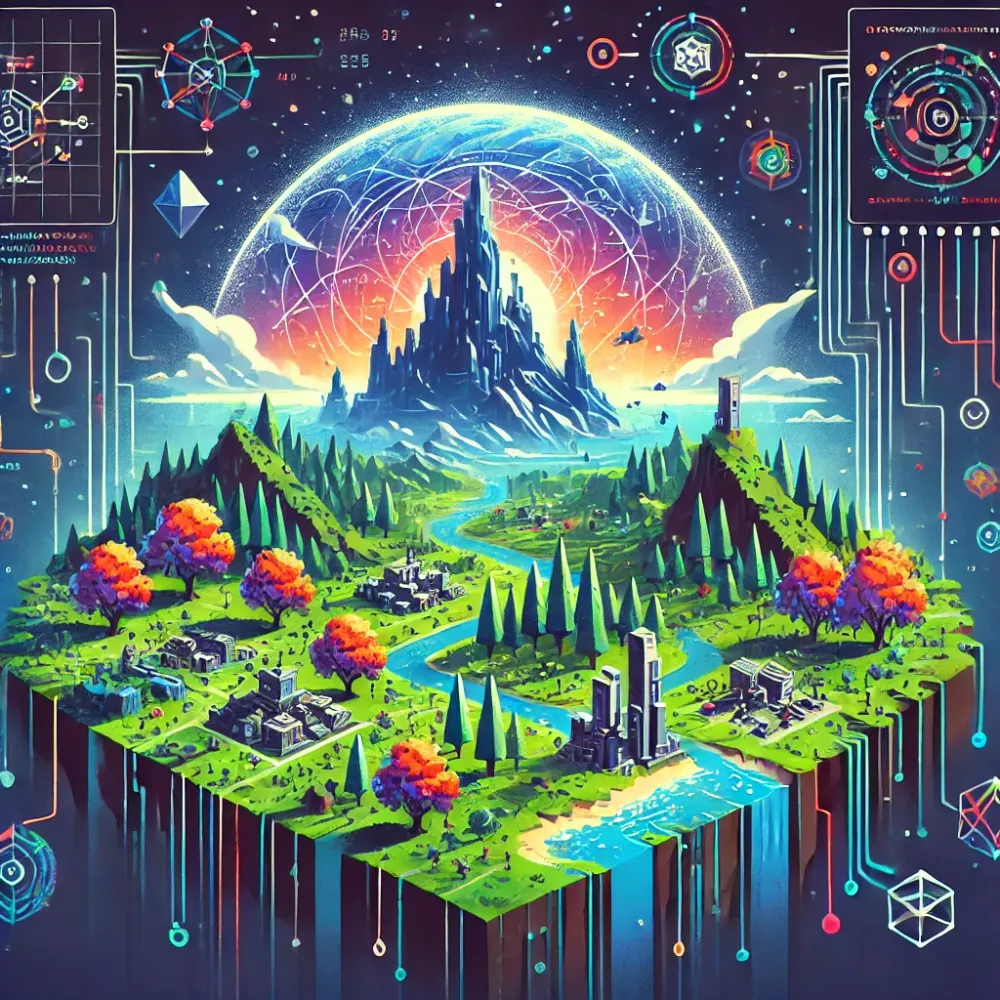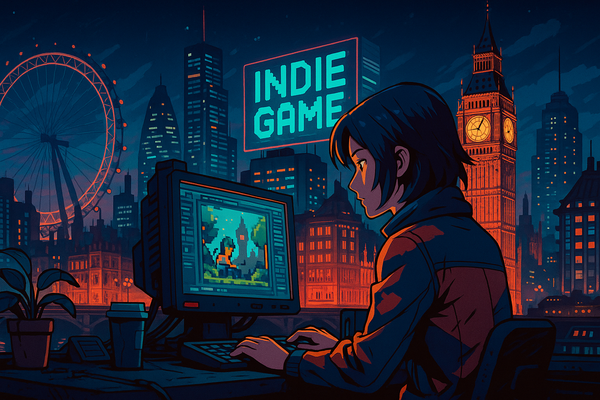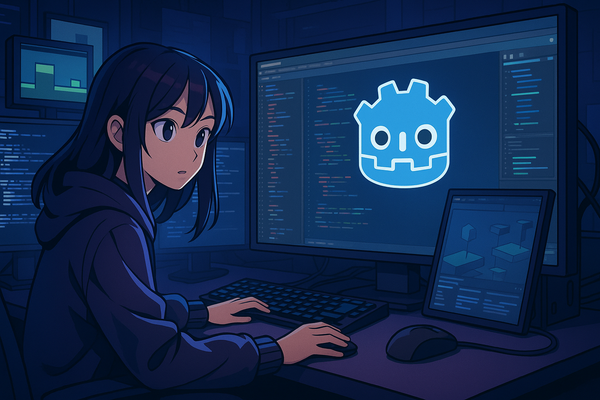How procedural generation enhances indie game worlds
Procedural generation has become a crucial tool in the development of indie games, allowing developers to create vast, dynamic worlds with minimal manual input. This method of content creation uses algorithms to generate game elements such as landscapes, levels, enemies, and even narrative paths. For indie developers, who often work with limited resources, procedural generation is an efficient way to build engaging, expansive worlds that offer unique experiences with every playthrough.
Advantages of Procedural Generation in Indie Games
- Increased replayability: One of the primary benefits of procedural generation is its ability to create dynamic and unpredictable game environments. By using algorithms to generate content, indie games can offer different experiences on each playthrough, keeping players engaged for longer periods. Games like Minecraft and No Man's Sky are excellent examples of how procedural generation enhances replayability by continuously offering new environments to explore(The Tech Vortex)(aveus.com).
- Efficient resource usage: Procedural generation allows indie developers to create expansive worlds without the need for manually designing each element. This significantly reduces development time and costs, enabling smaller teams to compete with larger studios. Indie games can leverage procedural tools to build complex terrains, cities, and ecosystems while focusing their creative energy on refining core gameplay mechanics(Your Game Today).
- Customizable player experiences: Procedural algorithms can adapt to player actions, creating more personalized gaming experiences. By using techniques such as AI-driven procedural content generation, developers can design levels that adjust in difficulty based on the player’s skill level, or environments that change dynamically based on in-game events. This creates a more immersive experience and keeps players engaged by offering continuous challenges and rewards(InspirationTuts).
- Endless variety: Procedural generation can deliver virtually limitless content by generating new levels, quests, or items on the fly. This is especially useful for open-world games, where players expect to explore new and exciting areas. The randomness and diversity that procedural generation brings ensure that each player’s experience is unique(ScholarWorks).
Challenges of procedural generation
While procedural generation provides many advantages, it also presents some challenges. Ensuring that generated content feels cohesive and maintains a high quality can be difficult. Developers need to carefully balance randomness with intentional design, as too much unpredictability can lead to confusing or frustrating gameplay. Testing and fine-tuning the algorithms is essential to ensure that the game remains engaging and balanced.
Hybrid approaches
Many successful indie games use a hybrid approach, blending handcrafted content with procedural generation. This allows developers to retain control over critical aspects of the game, such as story progression or key set pieces, while still benefiting from the efficiency and variety of procedurally generated content. Games like Dead Cells and Hades employ this balance effectively, offering both structured narrative elements and randomized levels to keep gameplay fresh.
Procedural generation is a powerful tool for indie developers, enabling them to create expansive, dynamic worlds with limited resources. By enhancing replayability, reducing development costs, and offering customizable player experiences, procedural generation has become a cornerstone of modern indie game design. However, developers must carefully balance randomness with cohesive design to ensure that their games remain engaging and enjoyable.




